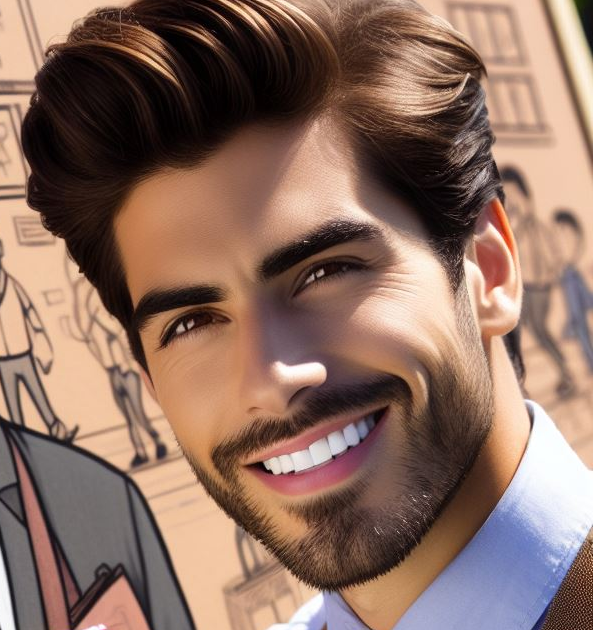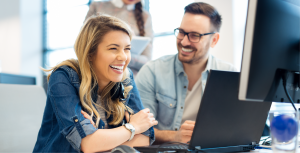Boudoir photography is more than just snapping sultry photos – it’s about creating an empowering experience for your clients, capturing their most confident selves, and translating emotion into every frame. While anyone can hold a camera, mastering boudoir requires intentional technique, psychological insight, and, yes, expert training for boudoir photographers looking to take their skills from good to unforgettable. Whether you’re just beginning or refining your portfolio, diving deeper into this artistic and intimate genre can elevate your photography to new heights.
The Emotional Edge of Boudoir Photography
Boudoir is less about the lingerie and more about vulnerability and self-love. Many clients arrive nervous or hesitant, and it’s the photographer’s job to ease that tension and reveal their beauty – not just on the surface, but from within. This genre is emotional, raw, and deeply personal. It requires empathy, trust-building, and a nuanced approach to posing and direction.
Fun fact: The word “boudoir” originates from the French term for a woman’s private dressing room. The modern boudoir shoot, though, is a far cry from 18th-century parlors – today, it’s a celebration of empowerment, individuality, and sensuality.
Creating Comfort: Setting the Scene for Success
Before even picking up your camera, you must ensure your client feels safe and valued. Boudoir shoots can be incredibly vulnerable experiences, especially for those new to being photographed in such an intimate way.
Tips for building a comfortable environment:
- Use soft lighting and calming music to set a relaxed tone.
- Walk clients through the process beforehand so they know what to expect.
- Offer direction gently and respectfully, focusing on empowerment rather than perfection.
When your subject feels confident and cared for, that emotion translates directly into the lens – resulting in images that are both technically strong and emotionally resonant.
The Technical Tools That Make a Difference
While emotional intelligence is key, boudoir photography is still a technical craft. Your gear, settings, and editing process all contribute to the final product.
Essential technical elements to master:
- Lighting: Soft, diffused lighting works best – natural light through sheer curtains or a softbox can create dreamy, flattering effects.
- Lens Choice: A prime lens with a wide aperture (like 85mm f/1.8) offers a beautiful shallow depth of field and helps isolate the subject.
- Camera Settings: Shoot in RAW for optimal editing flexibility and use manual mode for full control over exposure.
Post-processing is just as vital. Skin retouching should enhance, not erase, natural features. Think polished, not plastic.
Posing with Purpose: Guiding Without Overpowering
Boudoir posing is an art form in itself. Your goal is to flatter the client’s body while capturing their essence.
Common go-to poses include:
- The Back Arch: Perfect for showcasing curves while elongating the body.
- The Over-the-Shoulder Look: Creates mystery and highlights facial features.
- Lying Down with a Gaze: A classic pose that exudes vulnerability and seduction.
Remember, each client is different. Avoid a cookie-cutter approach by paying attention to how your client moves naturally and adjusting poses to suit their comfort level.
Maternity Boudoir: Embracing the Glow
One sub-genre that’s gaining popularity is maternity boudoir, as detailed on the http://portraitsbyz.com/ website. It offers a tender, radiant twist on traditional boudoir photography, celebrating the beauty of motherhood in all its forms.
This style captures the awe-inspiring changes in the body during pregnancy while keeping the sensual, intimate feel that defines boudoir. Flowing fabrics, hands-on-belly poses, and soft natural light are ideal for this type of session. It’s a powerful way for mothers-to-be to connect with their evolving bodies and preserve the strength and softness of this fleeting moment.
Building Your Brand: Style, Personality, and Authenticity
Boudoir photography is as much about personal branding as it is about skill. Clients are drawn to photographers whose energy and aesthetic align with their own vision of beauty. Whether your vibe is elegant, moody, playful, or editorial, consistency in tone helps attract the right clientele.
To build a standout brand:
- Curate your social media to reflect your signature style.
- Share behind-the-scenes content to demystify the process.
- Collect and display testimonials that highlight not just your work, but the experience of working with you.
Your brand should reflect not only your artistry but also the safe, inclusive, and empowering space you create for your clients.
Final Thoughts: It’s About More Than Just the Photos
Boudoir photography is a journey – for both the client and the photographer. With the right combination of technical training, emotional insight, and personal style, you can transform a simple photo session into a life-affirming experience.
And here’s a fun little-known fact to leave you with: Studies have shown that people who regularly see positive photos of themselves tend to have higher self-esteem. So in a very real way, you’re not just snapping pictures – you’re helping people feel powerful, beautiful, and seen. And that, in itself, is a powerful form of artistry.
Whether you’re looking to expand your skills or completely redefine your photography career, there’s no better time to embrace the art of boudoir.

Hi, I’m Lauren Reynolds, owner of Talks Smartly.
We specialize in wishes, thank you messages, and thoughtful responses for all occasions.
Whether it’s a birthday wish or a heartfelt thank you, we’re here to make your messages shine.
Join us at Talks Smartly and let your words leave a lasting impression.”











